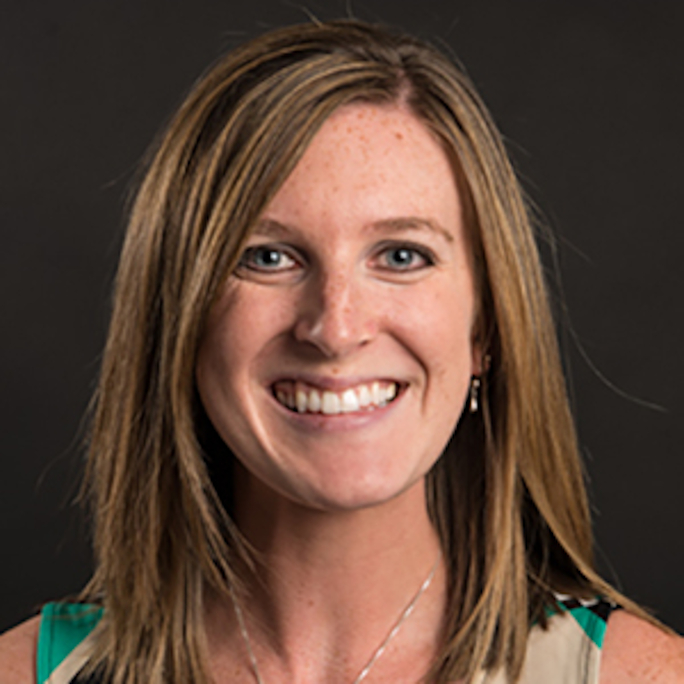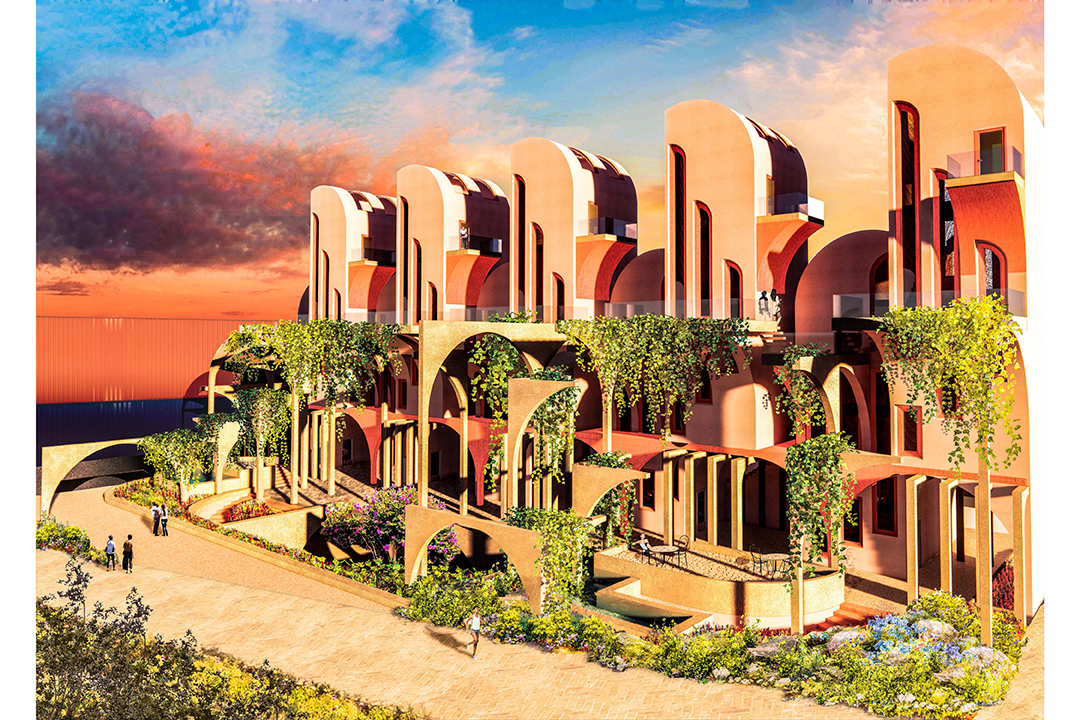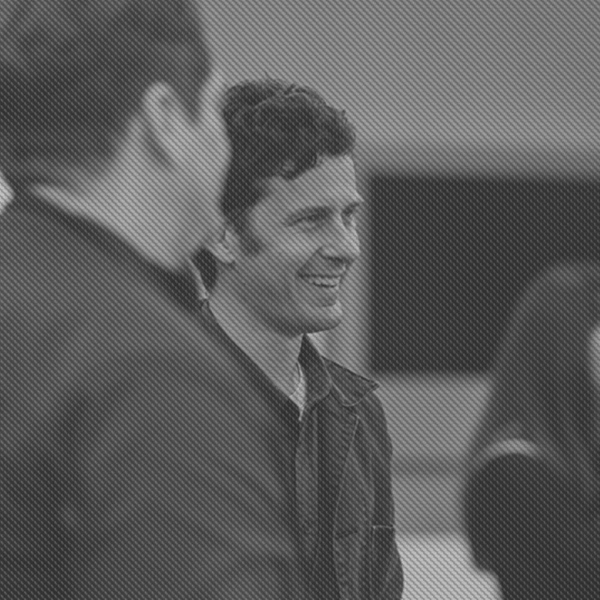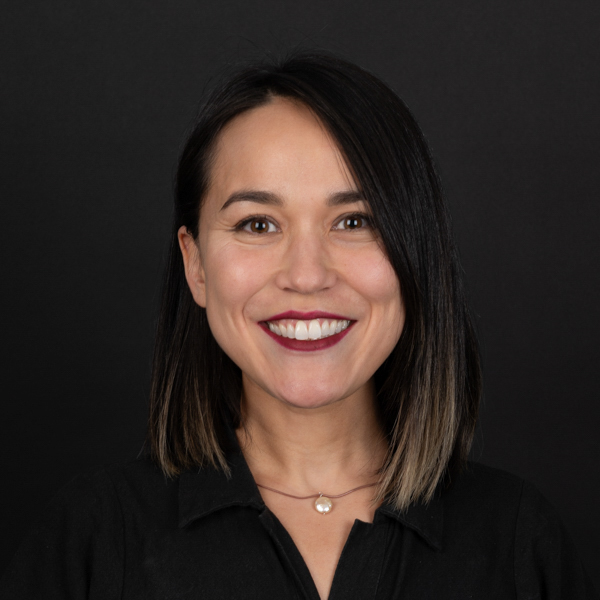Bachelor of Science in Architecture
The Department of Architecture at the University of Colorado Denver offers a STEM-designated Bachelor of Science in Architecture degree (BS Arch) on the downtown Denver campus. The program’s design studio-based curriculum combines critical thinking with active making in pursuit of creative solutions to contemporary design problems.
In a rapidly changing world where unprecedented challenges emerge with ever-increasing frequency, the education of an architect must remain adaptive. The University of Colorado Denver Department of Architecture fosters the capacity to ask bold questions, take risks, think independently, and approach the work of architecture with curiosity. In doing so, we strive to be agile, flexible, visually adept thinkers and makers who contribute to addressing global challenges over a lifetime of active, inquisitive learning.
Program Information
The Bachelor of Science in Architecture (BS Arch) program equips students with the fundamentals of architectural design. Through courses in architectural history, visualization, and technology, students develop a strong foundation for design studio—the core of architectural education. These 6-credit studio courses progressively build students' ability to design increasingly complex buildings with greater independence. Ultimately, design studio encourages students to visually communicate architectural concepts while engaging in dialogue with diverse instructors.
Before their final two semesters, students choose between two tracks: Architectural Design or Architectural Studies. The Architectural Design track maximizes studio curriculum, providing valuable design experience that culminates in a comprehensive portfolio suitable for admission to a Master of Architecture program with advanced standing. This pre-professional track prepares students for the workforce, fostering strong design and collaboration skills. Conversely, the Architectural Studies track offers a more flexible path, allowing students to explore individual interests and projected career paths.
Architecture Contacts

Krista Busch
Principal Undergraduate Academic Advisor and Student Success Specialist
Email:[email protected]
*Please contact Program Coordinator Jeana Delamarter first with any questions about the BS Arch program or the College of Architecture and Planning.
Academics
Travel Study Opportunities
Travel allows us to see and experience design perspectives from around the world. The College of Architecture and Planning offers a variety of study abroad opportunities each year. Additionally, CU Denver offers study abroad opportunities to students of all majors.
Tuition, Fees, & Scholarships
The University of Colorado Denver has one of the most affordable tuition rates in Colorado. Our tuition and fees are set by the Board of Regents, the governing body of the University of Colorado. Tuition is based on student classification (undergraduate, graduate, academic program, resident or nonresident) and you can find out what rates will apply to your situation here.
Undergraduate students who are residents of WICHE states are eligible to request a reduced tuition rate of 150% of resident tuition at participating two- and four-year college programs outside of their home state through the Western Undergraduate Education (WUE) program.
Curriculum
Declaring this Major
General Requirements
To earn a degree, students must satisfy all requirements in each of the areas below in addition to their individual major requirements.
Program Requirements
Students must earn at least a C- grade in required architecture and math courses. Architecture and math courses must be repeated if the student earns less than a C- grade.
| Course # | Course Title | # Credits |
| ARCH 1711 | Architectural Visualization I | |
| ARCH 1721 | Architectural Visualization II | |
| Take all of the following required Design Studies courses in the order indicated | ||
| ARCH 2111 | Design Studio I (co-rec or pre-rec ARCH 1711) | |
| ARCH 2121 | Design Studio II (co-rec or pre-rec ARCH 1721 and ARCH 1711) | |
| ARCH 3111 | Design Studio III (pre-rec ARCH 2121) | |
| ARCH 3121 | Design Studio IV (pre-rec ARCH 3111) | |
| Take all of the following Cultural Studies courses in the order indicated | ||
| ARCH 1110 | Introduction to Architecture | |
| ARCH 2230 | Architectural History I | |
| ARCH 3230 | Architectural History II | |
| Take both of the following Technical Studies courses | ||
| ARCH 3130 | Construction Practices: Material and Structural Systems | |
| ARCH 3430 | Construction Practices: Building Envelope | |
| Take one of the following Math courses/sets: | ||
| MATH 1110 & MA1120 | College Algebra, College Trigonometry | |
| or one of the following | ||
| MATH 1130 | Precalculus Mathematics | |
| MATH 1401 | Calculus I | |
| MATH 2411 | Calculus II | |
| MATH 2421 | Calculus III | |
| Note: also applies to the CORE Math requirement | ||
| Take both of the following Physics courses | ||
| PHYS 2010 | College Physics I | |
| PHYS 2030 | College Physics Lab I | |
Living in Denver
Student Work Gallery
ACROBAT & HIGH DIVER
Date: August 2022 - December 2022
Student Researchers: Khalid Hambishi, Amber Slusser, & Kendall Kuhn
Faculty Advisor: Kae Donahue
BS Arch Studio IV
This semester, we collectively decided to design a residency made for five silk aerialists and five high divers. Our project quickly became about rethinking housing specifically, and how we could design a space that effectively incorporates all the features required for such unique makers to simultaneously live and work within one combined "dwell" space.
The immediate problem we realized we had to address at the start of our design process was how to create a space that encouraged creativity rather than just productivity. Acrobatics and high diving both originated in the Middle East, and have since been white-washed throughout the United States and Europe. Unlike today, both of these athletic arts were initially learned as means of survival rather than for enjoyment. Diving and acrobatics actually resulted from an oppressive system that exploited those in great financial need. So after doing a lot of research on various traditional design elements in the Middle East (such as courtyards/riads, screens, and arches), we were able to re-connect the historical roots and significance of these crafts back to both our building and those meant to inhabit it.
The effects of colonialism and white-washing are long term, and lead into what is known today as "grind culture," which to us is essentially this concept of people having to work tirelessly with little return in a society overrun by capitalism and greed. In order to challenge this notion, our residency is intended to have an inward focus that leads towards inner-healing and personal growth. It relies heavily on nature as both a grounding and reprieving element so that our makers may find themselves lost in true creative freedom and restore the passion that led them to their art in the first place.
With all of these goals in mind, we wound up with a building that opposes the horizontal manner in which most of us normally live our lives through the use of extreme verticality.



